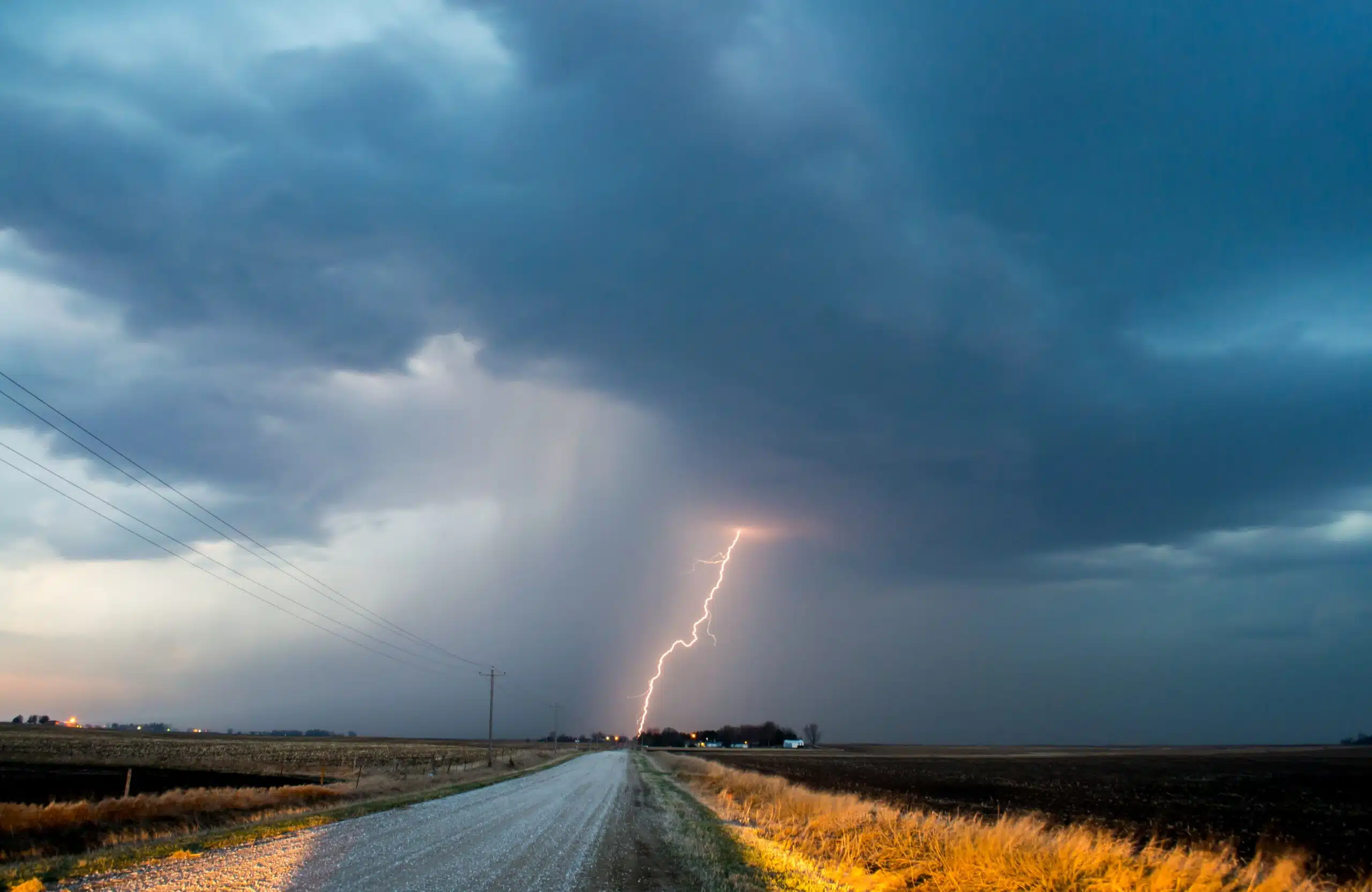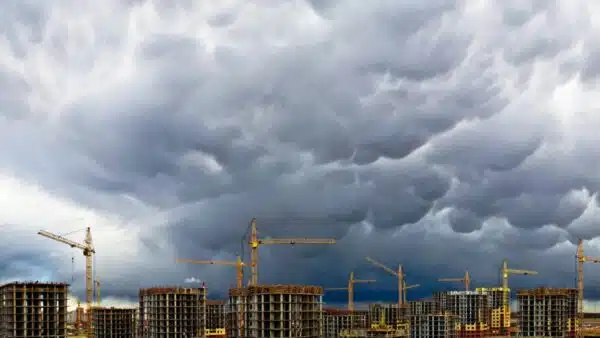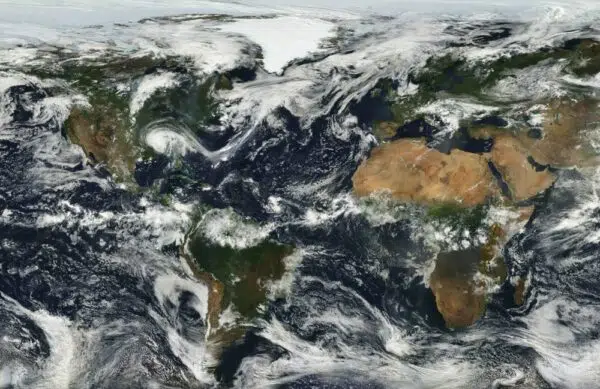Technological breakthroughs have always had profound implications on numerous industries, and meteorology is no exception. The field, once bounded by the limitations of computational power and data availability, is now being revolutionized through Artificial Intelligence (AI) and Machine Learning (ML). The fusion of these powerful technologies with traditional weather forecasting methods is transforming the landscape, delivering increased precision, optimizing resources, and carving new avenues for research and development.
Pivoting to AI in Weather Forecasting: Why Now?
Historically, weather prediction relied on human computations and limited data, but the dream of English mathematician Lewis Fry Richardson was far more ambitious. He envisioned a world where mathematical calculations would shape meteorology. Fast-forward a century, and his vision is now our reality, largely due to advancements in AI and ML.
With AI and ML, forecasters have successfully tackled the ‘butterfly effect’ in weather prediction, which previously rendered forecasts beyond ten days relatively imprecise. The fusion of these technologies with traditional weather forecasting methods has created an effective system that simultaneously manages the bulk of data while also enhancing prediction accuracy.
AI in Action: The Power of Machine Learning
In weather forecasting, AI’s ability to learn from and interpret data is vital. For example, the “random forests” machine learning algorithm, which utilizes a multitude of decision trees to predict outcomes, has been effectively employed in forecasting high-impact weather events such as heavy rainfall, flash flooding, tornadoes, and severe thunderstorms.
Machine Learning also significantly boosts computation efficiency within numerical weather prediction models. It speeds up tasks such as predicting the conversion of water vapor into rain, snow, or hail – tasks which traditionally required significant computational resources.
This level of efficiency, combined with the predictive power of machine learning, has even led some researchers to consider the possibility of machine learning models replacing traditional numerical weather prediction models altogether. The prospect is enticing, as ML-based forecast systems can predict general weather patterns with the same accuracy as numerical models but at a fraction of the computing power.
The Role of Developers and CTOs in the AI-Powered Meteorology
As a CTO or developer, understanding and leveraging these technological shifts can unlock vast potential. However, it’s crucial to note that these AI-driven systems, while efficient, are not constrained by physical laws governing the atmosphere, meaning they may produce unrealistic results in certain scenarios.
These models also depend heavily on quality historical weather data. Therefore, areas with limited weather observations may not benefit equally from these advancements, raising a potential ethical concern. Careful consideration must be given to these aspects during the development and implementation stages.
AI tools also present a fundamental shift in the role of meteorologists, necessitating a delicate balance between automated tools and human expertise. Developers and CTOs must consider the broader ecosystem where AI and human intelligence coexist, optimizing both to deliver the most accurate weather forecasts.
Leading the Way: Tomorrow.io and the Future of AI in Weather Forecasting
Pioneers like Tomorrow.io are leading the way in this new era of AI-powered meteorology. We recently launched Gale, an industry-first weather and climate generative-AI. Gale represents a major breakthrough, processing vast amounts of weather and climate data to provide key trends, risks, and opportunities.
Gale is designed for seamless integration within Tomorrow.io’s weather intelligence platform, allowing users to incorporate any customized set of inputs based on location, weather parameters, frequency, intensity, and more. This new system enhances team communication by summarizing and sharing business-driven insights from prioritized weather data.
Such advancements underline the incredible potential AI brings to meteorology, marking an exciting era for developers and CTOs in the industry.
In conclusion, the intersection of meteorology and AI offers tremendous opportunities. Developers and CTOs who leverage this technological shift will not only redefine the future of weather forecasting but also unlock new possibilities in research, development, and business.








